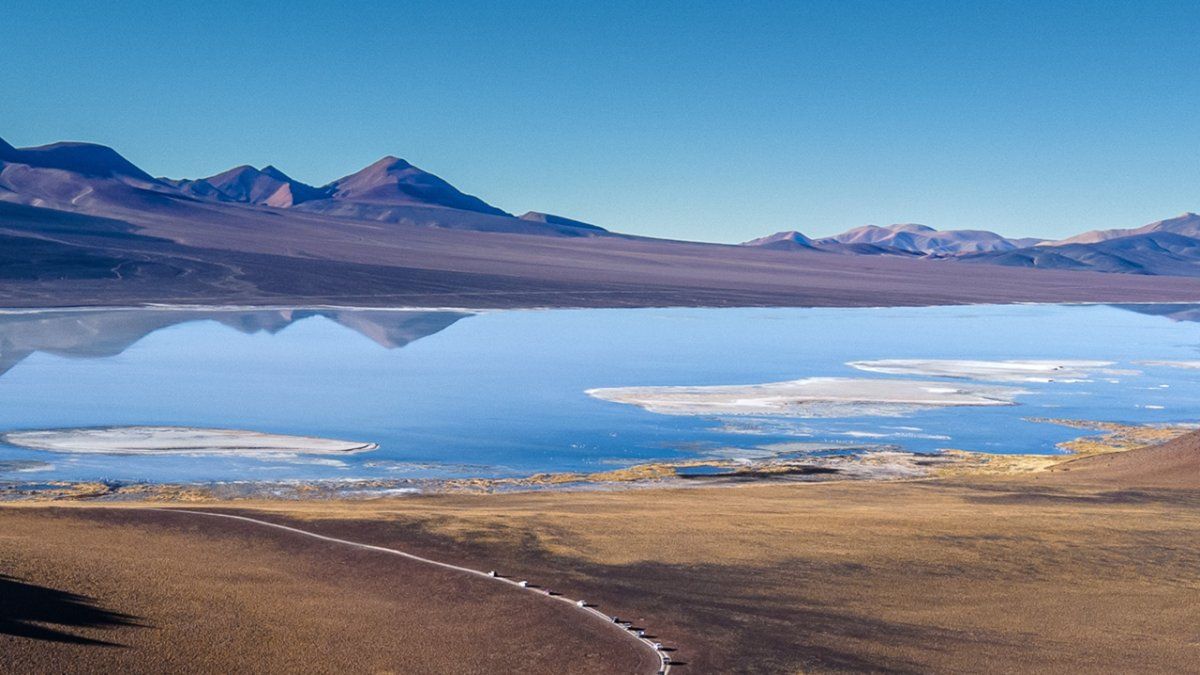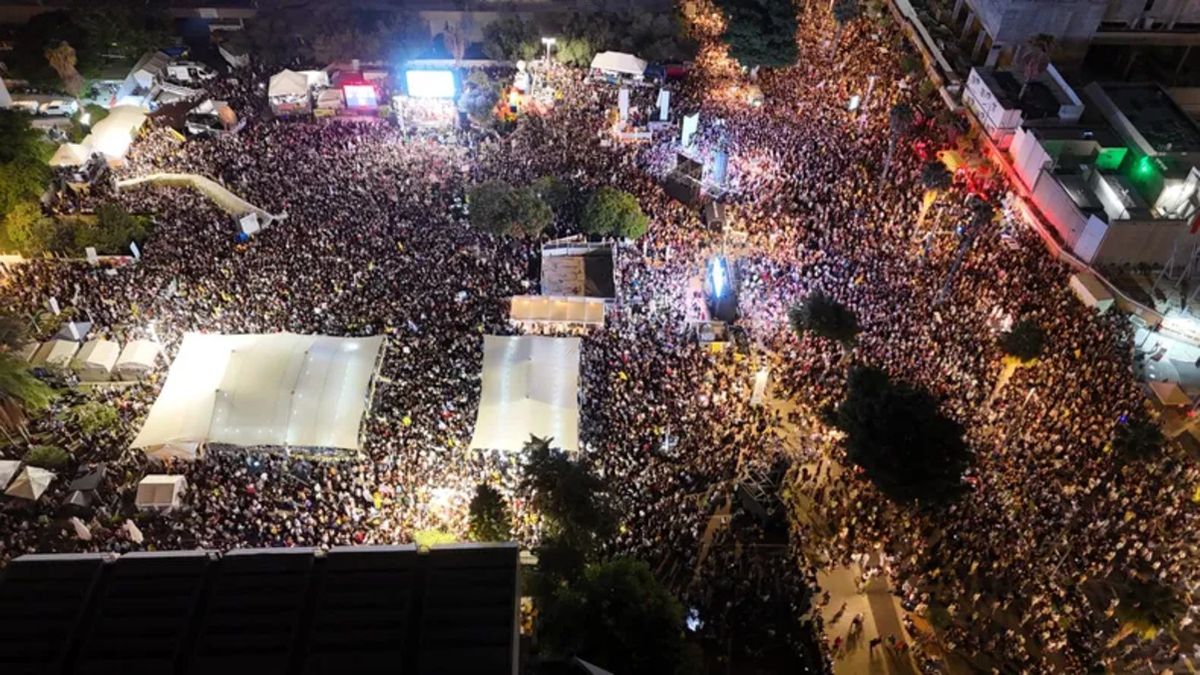Argentina hides amazing places for tourism beyond traditional destinations. In its most remote and highest provinces, corners that seem from another world are discovered, with extreme landscapes, intense colors and absolute silence. Traveling to these places requires patience, audacity and the desire to encounter nature in its purest state.
One of those enchanted places is Laguna Bravain La Rioja. Known as “the painting of God”this lagoon located more than 4,300 meters above sea level is located between volcanoes, salt flats and immense skies. Those who visit speak of a mystical experience, where colors, height and stillness combine to offer an unforgettable postcard.
Where is Laguna Brava located?
Laguna Brava is part of the Laguna Brava Provincial Reservelocated in the extreme west of the province of La Riojavery close to the border with Chile. It is located approximately 4,300 meters above sea level. The usual accesses start from the towns of Vinchina and Villa Unión, which act as gateways to the route to the lagoon.
In the nearby area, within the reserve and its surroundings you can explore other high altitude lagoons such as the Laguna de Mulas Muertas, in addition to geological formations cLike the Quebrada del Yeso and the El Peñón refuge. There are also extinct volcanoes and iconic hills such as Bonete Chico and Veladero, which outline the mountainous horizon.
The reserve covers more than 400,000 hectarescovering high altitude ecosystems, salt flats, arid plains and a rugged topography that requires gravel roads and complex sections.
What you can do in Laguna Brava
Visiting Laguna Brava is immersing yourself in an experience of wild and rethought nature. One of the biggest attractions is its natural color palette: the minerals present in the soil color the hills in reddish, violet, ocher and green tones. The waters of the lagoon reflect those mountains and the sky, generating impressive optical effects.
In terms of wildlife, the lagoon is home to three species of flamingos (Chilean, southern and Andean), which tend to congregate especially from September onwards, when the water fed by melting ice becomes more active. It is also possible to observe vicuñas, guanacos and foxes in its surroundings.
In addition to enjoying the landscape and contemplation, visitors walk along natural trails, take photographic tours and participate in the trip itself: the journey through the Quebrada de la Troyathe old muleteers’ posts and the volcanic formations are already part of the experience.
There are no major tourist services within the reserve: there is no cell signal or advanced infrastructure. The value is in the intimate and austere contact with the environment.
How to go to Laguna Brava
From the capital of the province of La Rioja, the road to Laguna Brava is divided into stages. First you must drive to Vinchina along National Route 76which connects the capital city with the western mountain range. From there, we continue along provincial routes and gravel roads that cross the Quebrada de la Troya towards the reserve.
The total journey can take between seven and eight hoursdepending on the state of the road and weather conditions. It is only possible to access with 4×4 vehicles or cars that can follow a guided caravan, since some sections are narrow and high in the mountains.
Source: Ambito
I am an author and journalist who has worked in the entertainment industry for over a decade. I currently work as a news editor at a major news website, and my focus is on covering the latest trends in entertainment. I also write occasional pieces for other outlets, and have authored two books about the entertainment industry.




